How to clean a food processor – tips from our kitchen experts
Wash away the stains, smells, and misty coating on your favorite food processor
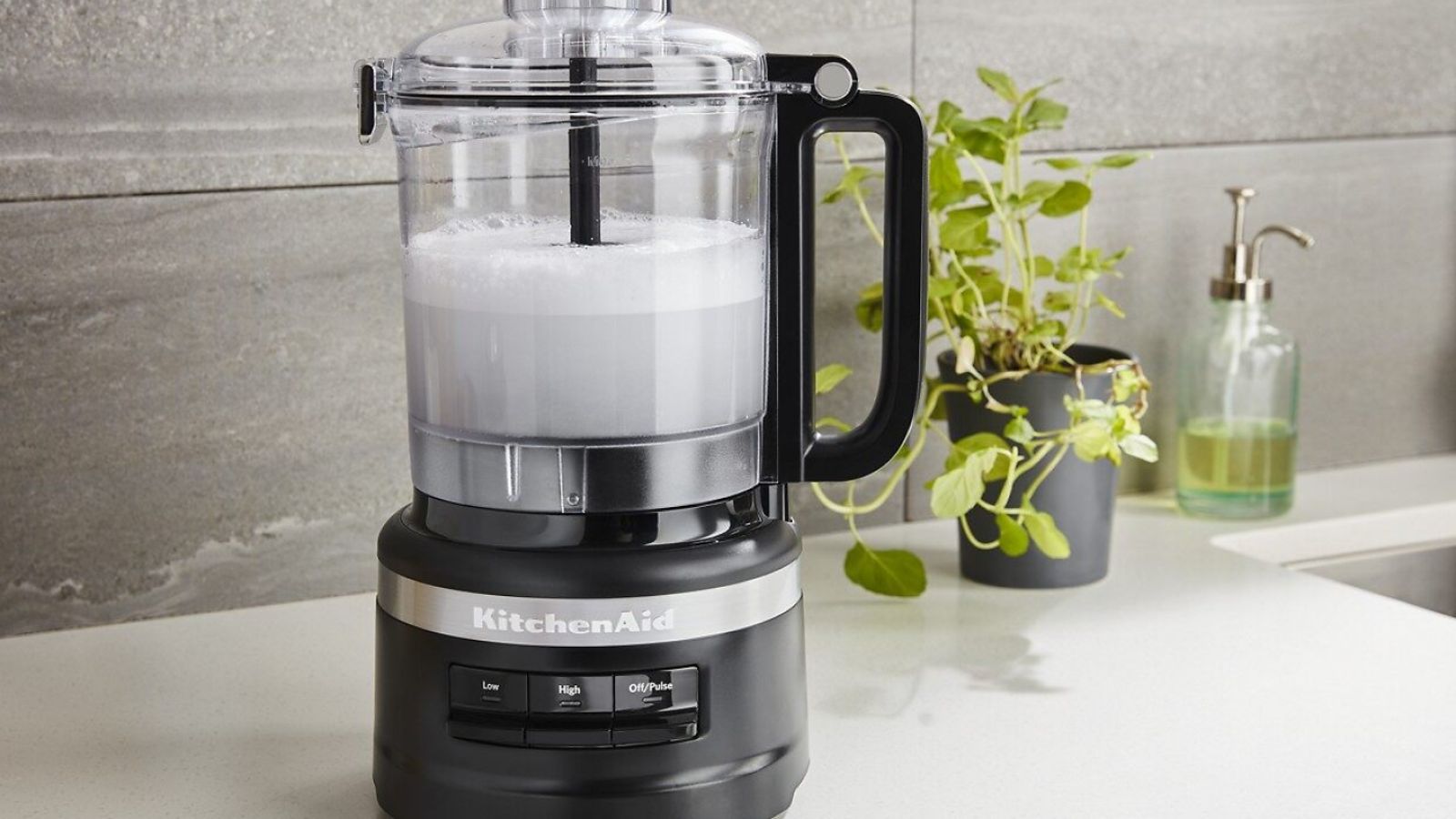
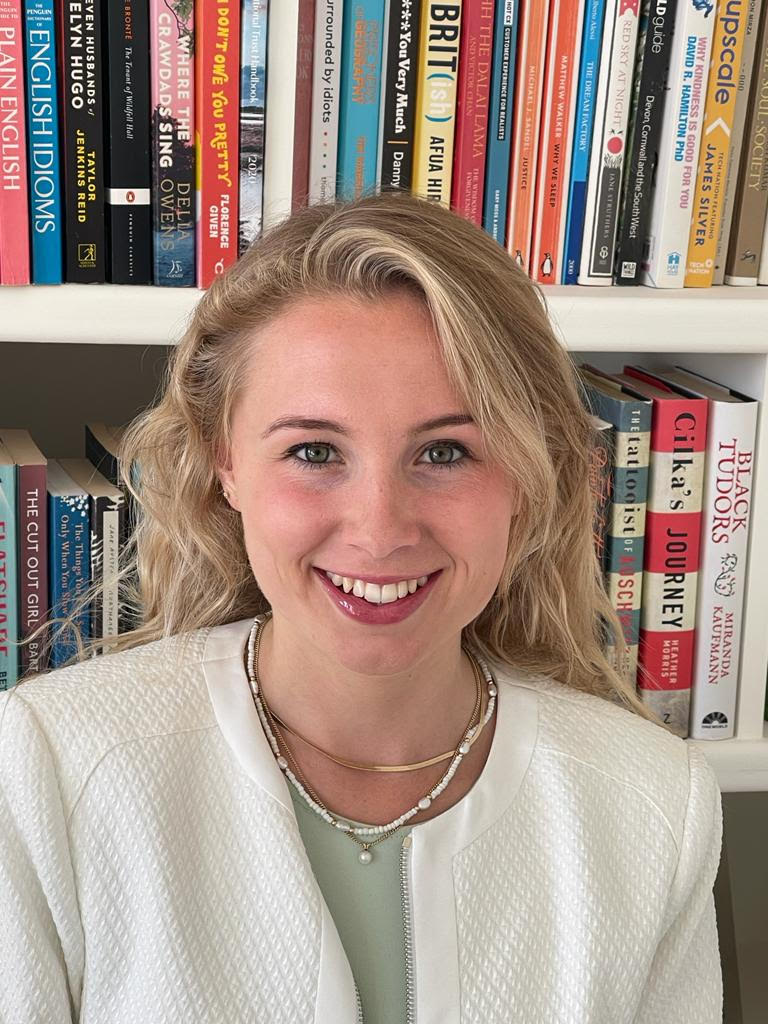
If you want to know how to clean a food processor thoroughly and easily, you're in the right place. I spend my days testing these appliances on oily, tough, sticky, and strong-smelling ingredients, so I've worked out a simple technique for cleaning.
Luckily, many of the best food processors come with dishwasher-safe parts, so you can load them in and set a rinse running, However, if you don't have space for big food processing bowls, fiddly grating and slicing discs, and sharp blades, you'll want to know how to clean each part.
How to clean a food processor
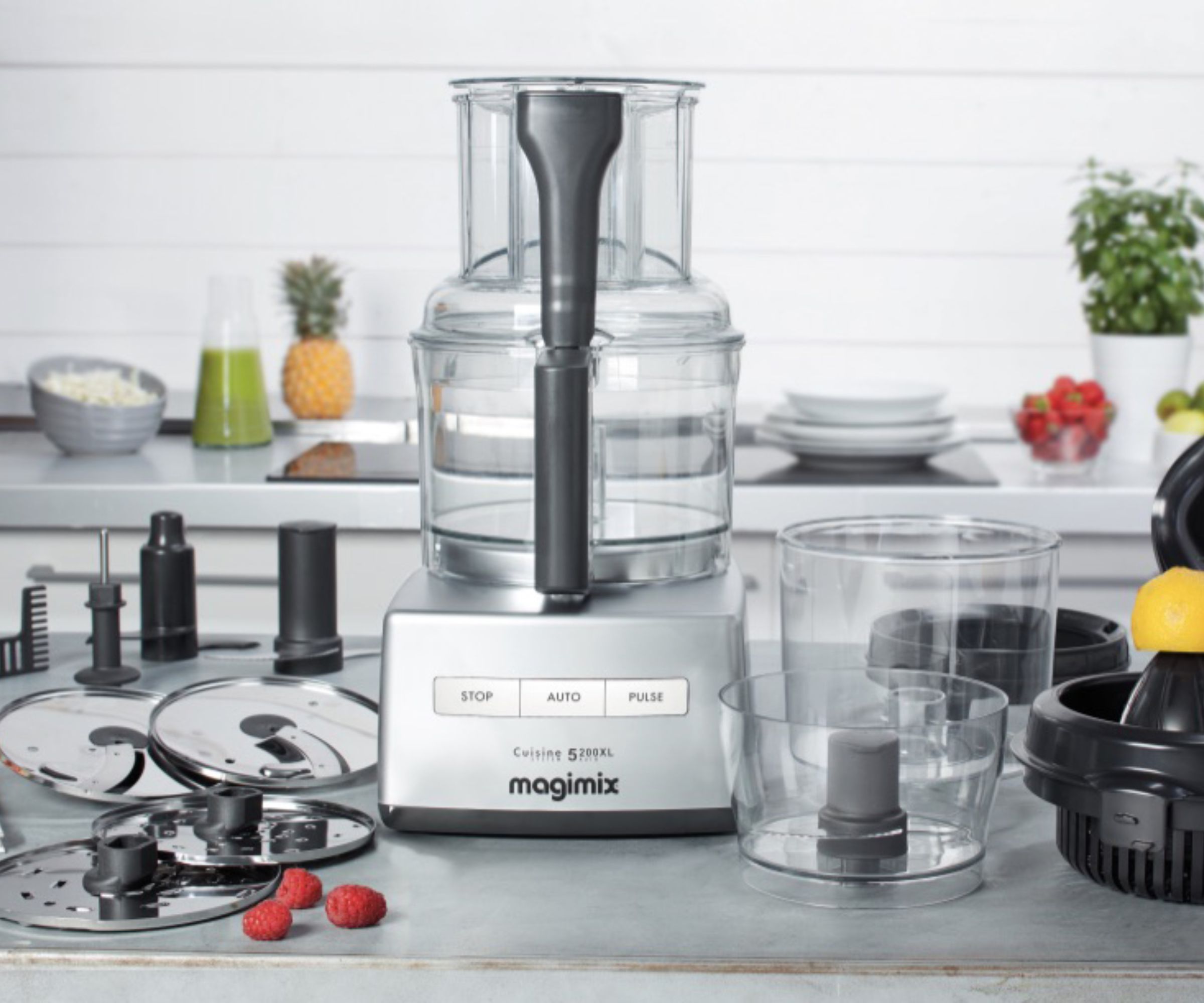
You'll want to take your food processor apart before you start any of the cleaning process. Unplug the machine, then remove the lid, blades or discs, and bowl from the base. You'll often need to twist and unlock the base to take it off the base.
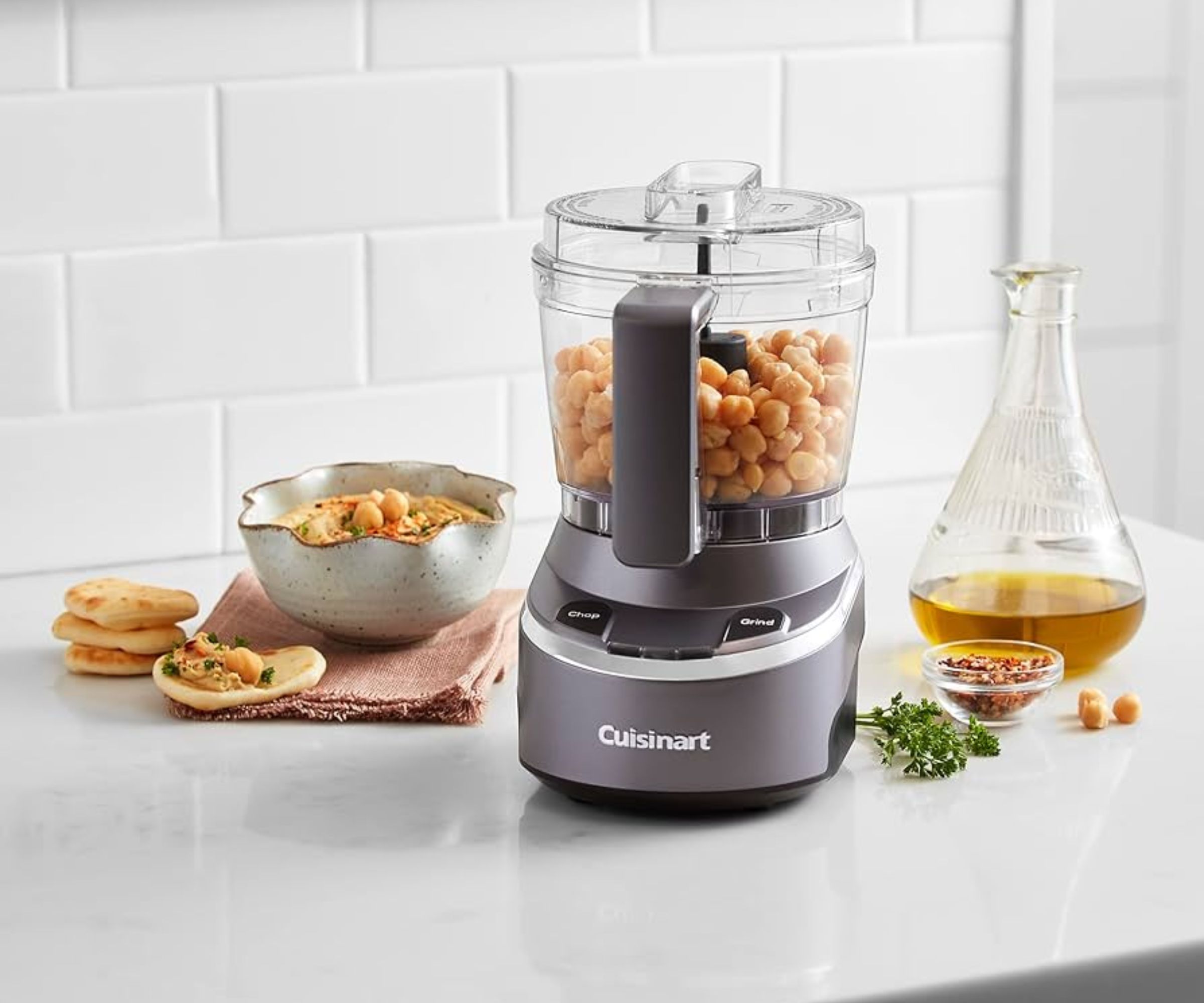
Once you've separated the parts and set them aside, pick up a warm, damp microfiber cloth (available at Walmart) and give the food processor a wipe-down. You'll want to get any food or oily fingerprints off the controls. Then, use a dry cloth to wipe it dry.
Experts at KitchenAid recommend 'avoiding abrasive cleaners or scouring pads because these will damage your appliance. You also don't want to immerse the base of the food processor or the power cord in water or another liquid.'
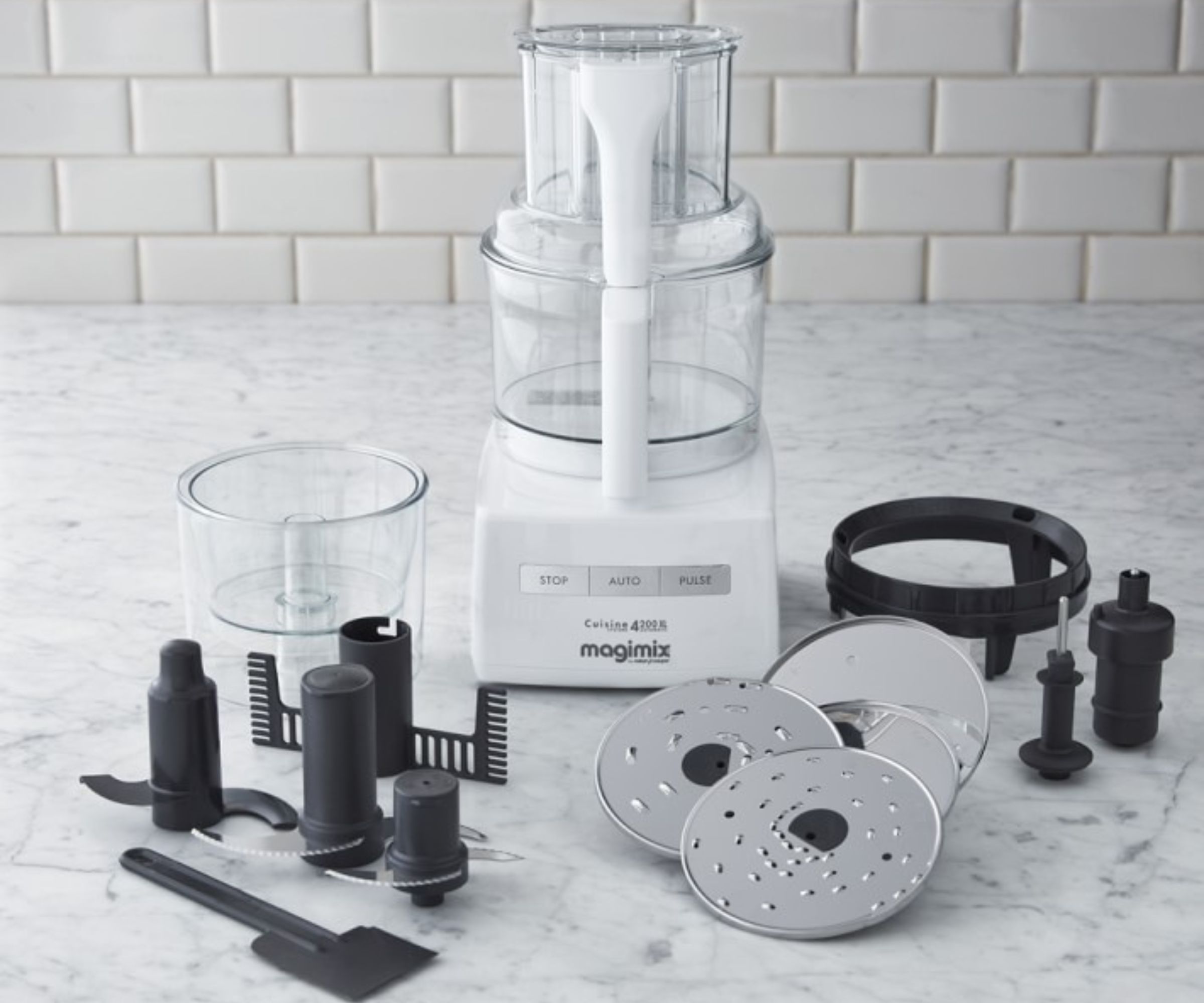
When the base is sparkling clean, you can tackle the bowl, blades, discs, and lid. Keep these out of the sink and wash them one by one. If you fill a sink when you've got sharp blades and discs floating around, you risk accidentally cutting yourself.
Fill the sink with warm, soapy water. I recommend using cleaning detergents, such as Ecover or Method and running warm water into the sink. Then, using a soft cloth or sponge, wash the work bowl and then the lid.
The blades and discs will need some more attention. There are two methods to follow. You can use a small cleaning brush to work into any small spaces, wiping off ingredients from the blades too.
Alternatively, you can fit the food processor bowl back onto the base, and then fit the blades or discs in place. Millie Fender, one of our kitchen experts says to 'add some warm water and a drizzle of dish soap to your bowl. You only need a few drops otherwise when you set the food processor running, it'll all bubble up and your bowl might become overfilled.'
Then, Millie says 'I always rinse my bowl fully to remove the bubbles, because I don't want the next dip I make to taste like soap! It's also a good way to check that you've cleaned the blades well.'
If you don't want to step near a sink and your food processor parts are dishwasher safe, you can give them a rinse, and then run a cycle on gentle or normal, with a soft dishwasher detergent. Always check your manual for what the brand recommends.

Once all the parts are clean, make sure that they're dry. I use a microfiber cloth since these are really effective at picking up every last drop of water. Then, reassemble the food processor and store it in your cabinet, shelf, or pantry. That's all there is to it.
FAQs
Why is my food processor bowl discolored and what can I do?
Plastic bowls and pitchers can cling to bold colors and potent smells, whether you've been blending a green, garlic pesto or a bright curry paste. It's not something to worry yourself with. Try the cleaning steps, but make sure to soak the bowl in warm soapy water, overnight if possible, rather than doing a quick rinse and scrub. If that doesn't work, try mixing baking soda and water. This should help to give the inside of your bowl a deeper clean.
How do you clean the inside of a food processor handle?
Sometimes, the handle can also get a little grubby and this is hard to really reach inside. It's a good idea to invest in some small brushes (the kind you'd use for reusable straws) or a small toothbrush. These should be able to fit inside your handle section, giving it a good clean. If that doesn't work, try adding some white wine vinegar. That should help things along.
How do I clean a cloudy food processor?
Foggy or cloudy plastic needs a little more TLC when you're cleaning, but there are plenty of ways that you can get rid of it. The most common and effective home remedy that people use is sprinkling baking soda onto a damp sponge and using that to wipe the cup. If that doesn't work, try mixing baking soda with vinegar and then using that solution to clean the food processor. It should help to get rid of any fogginess.
Sign up to the Homes & Gardens newsletter
Design expertise in your inbox – from inspiring decorating ideas and beautiful celebrity homes to practical gardening advice and shopping round-ups.

Laura is our eCommerce editor. As a fully qualified barista, she's our expert in all things coffee and has tested over thirty of the best coffee makers on the market. She has also interviewed Q-Graders and world-leading experts in the coffee industry, so has an intimate knowledge of all things coffee. Before joining Homes & Gardens, she studied English at Oxford University. Whilst studying, she trained as a master perfumer and worked in the luxury fragrance industry for five years. Her collection of home fragrance is extensive and she's met and interviewed five of the world's finest perfumers (also known as 'noses'). As a result of this expansive fragrance knowledge, she always puts quality and style over quantity and fads. Laura looks for products which have been designed simply and with thoughtful finishes.
-
 ‘It leads to more headaches than it's worth’ – 4 reasons you should never store things in your oven, including fire risks and serious illness
‘It leads to more headaches than it's worth’ – 4 reasons you should never store things in your oven, including fire risks and serious illnessYour oven is for cooking, and cooking only, experts urge
By Chiana Dickson
-
 Urban gardening ideas – 7 creative ways to grow in small spaces, balconies, containers, indoors, and more
Urban gardening ideas – 7 creative ways to grow in small spaces, balconies, containers, indoors, and moreMake the most of your space with these innovative ways to garden
By Tenielle Jordison